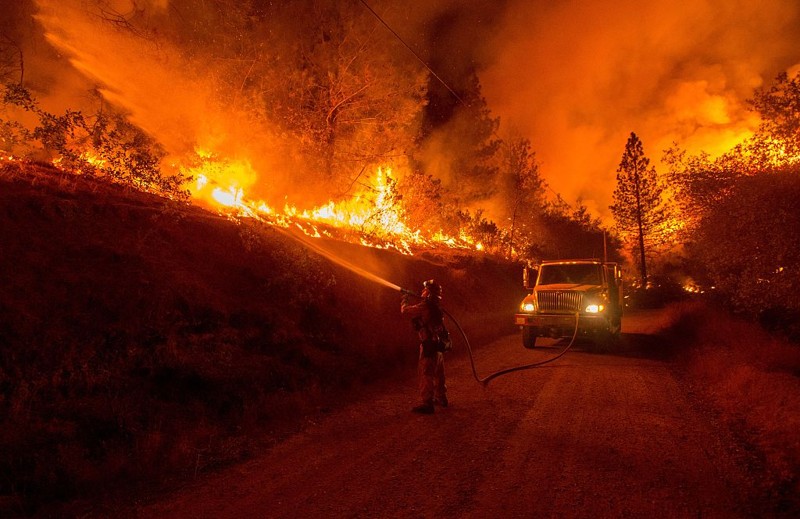Re/insurers operating in California must re-evaluate the way they approach wildfire risk as the heavy losses experienced over 2017 and during the Carr and Mendocino Complex fires in 2018 may be set to become the ‘new normal’, according to A.M. Best.
 A recent report by the rating agency observed that insured wildfire losses rose by almost four times between 2016 and 2017, with six of the twenty most destructive fires in the state’s history having occurred in 2017 alone.
A recent report by the rating agency observed that insured wildfire losses rose by almost four times between 2016 and 2017, with six of the twenty most destructive fires in the state’s history having occurred in 2017 alone.
Meanwhile, the recent Carr wildifire has caused at least $1.5 billion in insured losses while the Mendocino Complex has become the largest ever wildfire in Californian history, marking one of the worst starts to the season in memory, with the potential for even greater insured losses than in 2017.
A.M. Best observed several trends that are causing more frequent and severe wildfire losses in the state, including a huge increase in population, a steady rise in average annual temperatures, and a corresponding drop in average annual rainfall.
California’s population has grown by over two million people in less than a decade, and A.M. Best proposed risk identification techniques need to be improved to safeguard the interface between natural areas and human habitats as forested, fire-prone areas become increasingly urbanised.
Average annual temperatures have also increased for the last 19 consecutive years, while annual precipitation has been below average in 12 of the last 19 years, resulting in hot, dry conditions and dead vegetation that are conducive to wildfires.
A.M. Best found that the top ten California insurers in terms of direct premiums written (DPW) accounted for 76.4% of the market share in 2017, which was roughly in line with their 78.8% share of direct losses incurred.
The direct loss & adjustment expense (LAE) ratio for these same insurers was 3.7 times higher in 2017 than in 2016, although most large writers in California are also larger national companies and have enough capital to tolerate extreme back-to-back wildfire seasons, supported by reinsurers, A.M. Best said.
Nevertheless, the report maintained that insurers will need to reconsider their underwriting strategies and risk management to reflect the changing nature of wildfire risk, using more sophisticated analysis for decisions related to underwriting and pricing.
Additionally, it argued that risk scoring models that are used to identify high-risk wildfire areas need to be adjusted, given that many wildfires are now occurring in areas classified as low to moderate risk.
Despite the heightened risk of severe wildfire losses, A.M. Best stressed that the need for loss reduction strategies is essential and pointed to examples where insurers have contracted with third-party wildfire defence firms to monitor and protect at-risk properties.
It concluded that the wildfires in 2018 and 2017 demonstrate the essential role that re/insurers play in the economy during catastrophe-filled times and underscore the need for prudence in capital and risk management.


